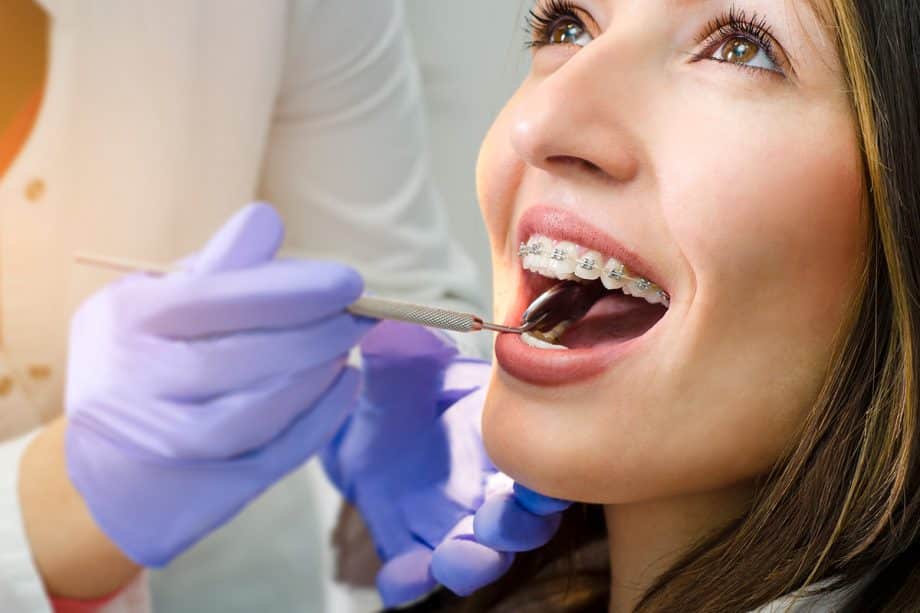Many patients ask whether it's possible to have braces on only the bottom teeth. They may not believe they truly need them on both arches, or they may not want people to see their braces.
An orthodontist may recommend braces on only the bottom teeth in rare cases. However, for most patients, braces treatment includes both the top and bottom arches. This blog will explain why orthodontists recommend getting braces on both the top and bottom arches.
Why Orthodontists Recommend Braces on Both Arches
Most patients who need braces have a problem with their dental bite, whether they have an overbite, underbite, crossbite, or open bite. Braces on only one arch cannot fix dental bite issues. They can only correct tooth alignment.
If you have your bottom teeth aligned and leave your top teeth alone, you may encounter new problems with your bite because your teeth will not fit together like before you had braces.
Bite issues can lead to cracked, broken, unevenly worn teeth, jaw pain, and headaches. They can also increase your chances of developing tooth decay and gum disease, which may eventually lead to tooth loss.
Understanding How Braces Work
Braces exert gentle, directed pressure on the teeth to move them to better positions. These orthodontic appliances consist of brackets, bands on the molars, archwires, and elastics. The orthodontist cements brackets onto each tooth, providing an anchor point for the archwire to move the teeth.
The orthodontist adjusts the archwire to encourage the teeth to move into new positions. Patients typically need adjustments every four to six weeks with traditional braces.
Braces can correct many oral health issues, including:
- Bite irregularities (overbite, underbite, crossbite, open bite)
- Misaligned jaw
- Misaligned teeth
- Dental hygiene problems resulting from misaligned teeth
After braces treatment, the patient must wear a retainer to protect their teeth from slipping back to their prior positions.
Dealing With Reluctant Patients
If your tween or teen resists the idea of orthodontic treatment and wants only lower braces, reassure them that a complete set of braces will prevent painful issues from occurring in the future.
Teen and young adult patients may also be interested in Invisalign, which uses clear, medical-grade plastic aligners to straighten teeth without drawing undue attention. Invisalign works well for many patients, but if your teen has moderate to severe bite or jaw issues, they may need traditional braces.
Call Attleboro Pediatric Dentistry
We want your child to receive the best possible orthodontic treatment and to have a healthy smile for life. To learn more about braces and why we recommend treating both the upper and lower arches simultaneously in most patients, please call our office at 508-409-6160. We can schedule a consultation with one of our expert orthodontists to design a treatment plan.


